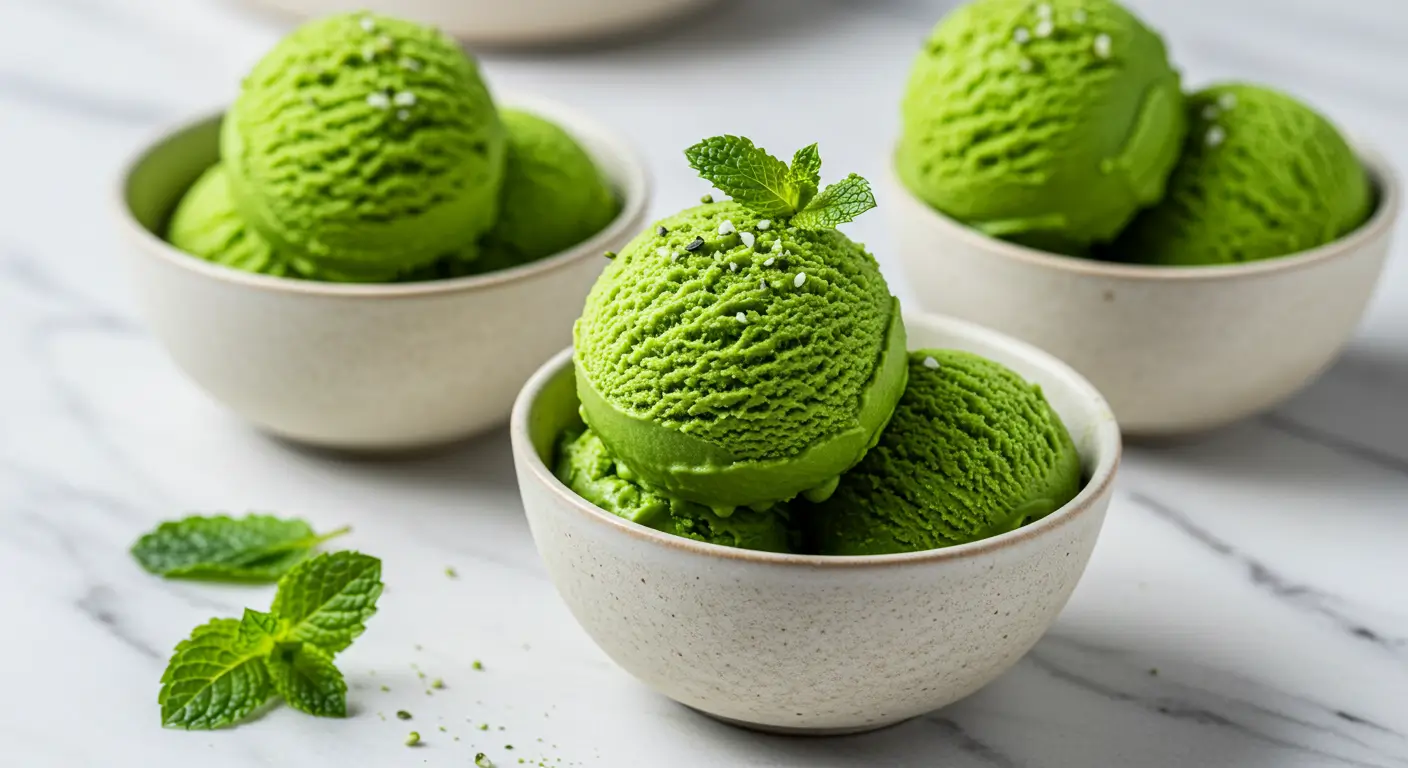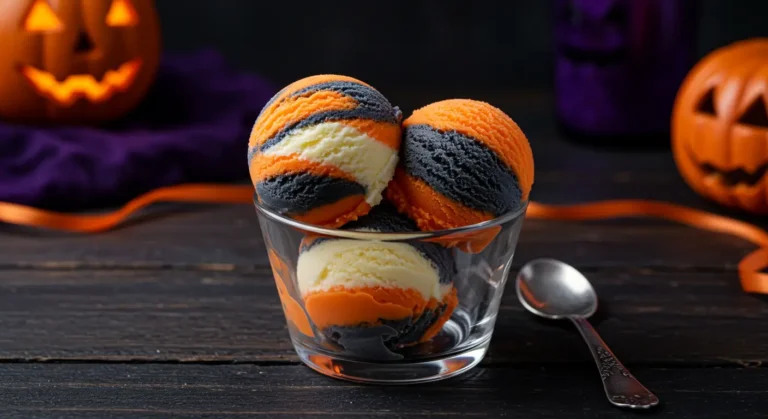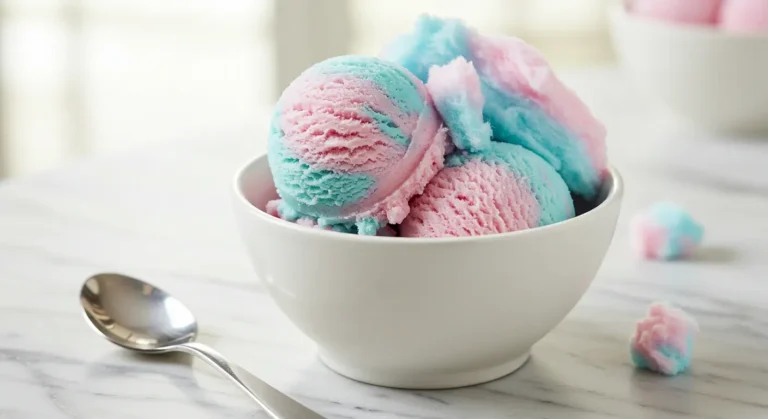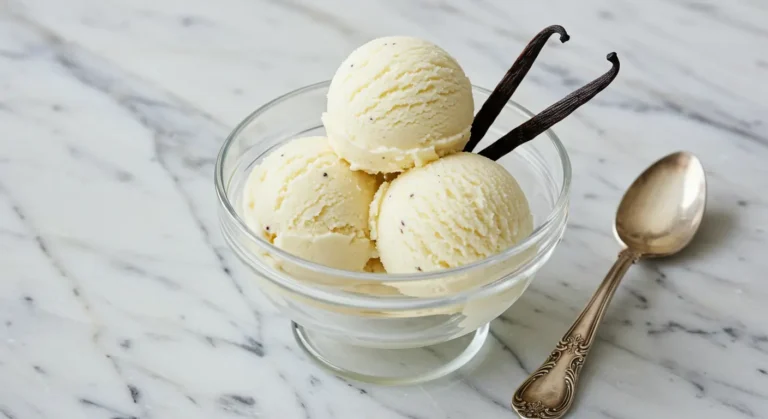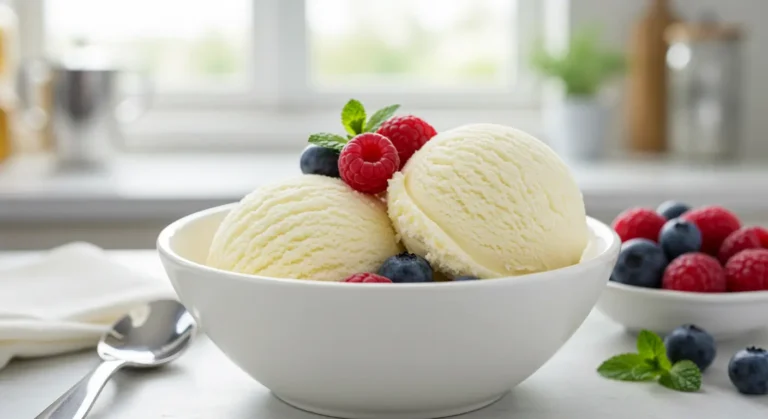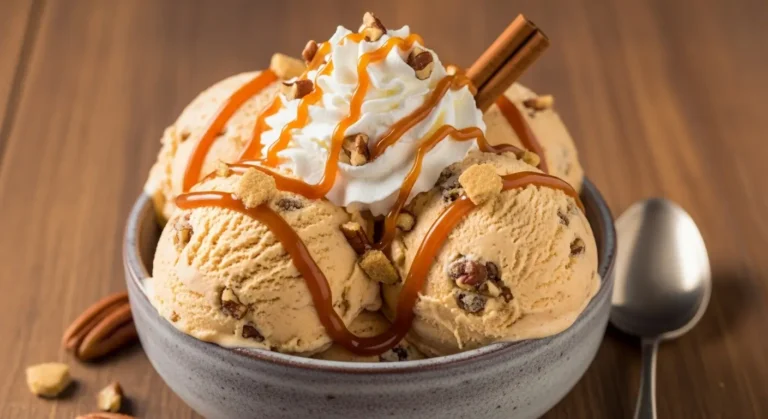Matcha Ice Cream: The Best Homemade Recipe
What transforms a simple frozen dessert into a creamy, antioxidant-rich delicacy that rivals premium gelato shops? The answer lies in the art of crafting homemade matcha ice cream, where ceremonial-grade green tea powder meets perfectly balanced sweetness to create an indulgent treat that’s both sophisticated and surprisingly simple to master. This vibrant emerald dessert has captured the hearts of dessert enthusiasts worldwide, offering a unique blend of earthy, slightly bitter notes complemented by rich dairy undertones.
Unlike store-bought alternatives that often contain artificial flavors and excessive preservatives, creating your own matcha ice cream allows you to control every ingredient, ensuring maximum flavor intensity and nutritional benefits. The process combines traditional Japanese tea culture with modern ice cream making techniques, resulting in a dessert that’s not only delicious but also packed with beneficial compounds like catechins and L-theanine.
Table of Contents
Ingredients List
For this matcha ice cream you’ll need a carefully curated selection of premium ingredients that work harmoniously to create the perfect texture and flavor profile.
- 2 cups heavy whipping cream
- 1 cup whole milk
- 3/4 cup granulated sugar
- 6 large egg yolks
- 3 tablespoons ceremonial-grade matcha powder
- 1/4 teaspoon vanilla extract
- 1/4 teaspoon kosher salt
- 2 tablespoons hot water
Timing
This matcha ice cream requires careful timing to achieve the perfect consistency and flavor development:
- Preparation time: 25 minutes
- Custard cooking time: 15-20 minutes
- Cooling and chilling time: 4-6 hours
- Churning time: 20-25 minutes
- Final freezing time: 2-4 hours
- Total active time: 45 minutes
- Total time : 8-10 hours
Step-by-Step Instructions
Step 1: Prepare the Matcha Paste
Begin by creating a smooth matcha paste that will distribute evenly throughout your ice cream base. In a small bowl, whisk the sifted matcha powder with 2 tablespoons of hot water until you achieve a smooth, lump-free paste. This technique, similar to traditional Japanese tea preparation, ensures your matcha ice cream will have a uniform color and flavor without any bitter clumps that can occur when matcha isn’t properly dissolved.
Step 2: Heat the Dairy Base
Combine heavy cream and milk in a heavy-bottomed saucepan over medium heat. Warm the mixture until small bubbles form around the edges, but don’t let it boil. This gentle heating process preserves the delicate proteins in the dairy while creating the ideal temperature for tempering the egg yolks in the next step.
Step 3: Prepare the Egg Yolk Mixture
In a separate mixing bowl, whisk together egg yolks and sugar until the mixture becomes pale yellow and slightly thickened. This process, known as ribboning, indicates that the sugar has properly dissolved and the yolks are ready to create a silky custard base that will give your ice cream its luxurious mouthfeel.
Step 4: Temper the Eggs
Slowly pour about 1/2 cup of the hot cream mixture into the egg yolk mixture while whisking constantly. This tempering process gradually raises the temperature of the eggs without scrambling them. Continue adding the hot cream in small increments, whisking continuously, until you’ve incorporated about half of the cream mixture.
Step 5: Create the Custard Base
Pour the tempered egg mixture back into the saucepan with the remaining cream. Cook over medium-low heat, stirring constantly with a wooden spoon or silicone spatula, until the mixture thickens enough to coat the back of the spoon. The custard is ready when it reaches 170-175°F on a candy thermometer.
Step 6: Incorporate the Matcha
Remove the custard from heat and immediately whisk in the prepared matcha paste, vanilla extract, and salt. Strain the mixture through a fine-mesh sieve to remove any lumps and ensure a perfectly smooth texture. The vibrant green color should be uniform throughout the custard.
Step 7: Chill the Base
Transfer the custard to a clean bowl and cover with plastic wrap, pressing it directly onto the surface to prevent a skin from forming. Refrigerate for at least 4 hours or overnight until completely chilled. This chilling step is crucial for proper churning and final texture.
Step 8: Churn the Ice Cream
Pour the chilled custard into your ice cream maker and churn according to manufacturer’s instructions, typically 20-25 minutes. The ice cream is ready when it has a soft-serve consistency and pulls away from the sides of the bowl.
Step 9: Final Freeze
Transfer the churned ice cream to an airtight container and freeze for at least 2-4 hours until firm enough to scoop. For best texture, let the ice cream sit at room temperature for 2-3 minutes before serving to achieve the perfect scoopability.
Nutritional Information
For a serving of this matcha ice cream (approximately 1/2 cup serving, recipe yields 8 servings):
- Calories: 285
- Total Fat: 24g
- Saturated Fat: 15g
- Cholesterol: 165mg
- Sodium: 85mg
- Total Carbohydrates: 18g
- Dietary Fiber: 1g
- Total Sugars: 17g
- Protein: 4g
- Vitamin A: 18% DV
- Calcium: 12% DV
- Iron: 4% DV
- Antioxidants (EGCG): 45mg
- Caffeine: 25mg
Healthier Alternatives for the Recipe
Transform your matcha ice cream into a healthier version with these modifications:
- Greek Yogurt Base: Replace half the heavy cream with thick Greek yogurt to boost protein content while maintaining creaminess
- Coconut Sugar Swap: Substitute granulated sugar with coconut sugar for additional minerals and a lower glycemic index
- Avocado Addition: Blend in 1 ripe avocado for extra creaminess and healthy fats while reducing dairy content
- Stevia Sweetening: Use stevia or monk fruit sweetener to reduce calories significantly while maintaining sweetness
- Cashew Cream Alternative: Create a dairy-free version using soaked cashews blended with coconut milk
- Protein Powder Boost: Add 2 scoops of vanilla protein powder to increase protein content for post-workout treats
- Reduced Fat Version: Use half-and-half instead of heavy cream and reduce egg yolks to 4 for a lighter option
Serving Suggestions
Elevate your matcha ice cream experience with these ideas:
- Mochi Pairing: Serve alongside traditional Japanese mochi for an authentic cultural experience
- White Chocolate Drizzle: Top with melted white chocolate for complementary sweetness that enhances the matcha flavor
- Sesame Brittle: Sprinkle the matcha ice cream with crushed sesame brittle for delightful textural contrast
- Fresh Berry Medley: Accompany with fresh strawberries or raspberries to balance the earthy flavors
- Matcha Wafer Cones: Serve in homemade matcha-flavored wafer cones for themed presentation
- Green Tea Cake: Pair with slices of sponge cake or pound cake for an elegant dessert course
- Adzuki Bean Topping: Traditional red bean paste creates an authentic Japanese dessert combination
- Crystallized Ginger: Add thin slices of crystallized ginger for a warming spice note
Common Mistakes to Avoid
Master this matcha ice cream by avoiding these pitfalls:
- Overheating the Custard: Cooking the custard above 180°F will cause the eggs to scramble, creating an unpleasant texture
- Using Culinary-Grade Matcha: Lower quality matcha powder results in bitter, less vibrant ice cream with poor color
- Skipping the Sifting Step: Lumpy matcha powder will create bitter pockets and uneven color distribution throughout the ice cream
- Inadequate Chilling Time: Churning warm custard results in poor texture and longer churning times with less satisfactory results
- Over-Churning: Excessive churning can cause the ice cream to become grainy and lose its smooth, creamy texture
- Improper Storage: Storing without proper airtight containers leads to ice crystals and freezer burn affecting flavor
- Wrong Matcha-to-Liquid Ratio: Too much liquid when making matcha paste creates weak flavor, too little causes lumps
Storing Tips for the Matcha Ice Cream Recipe
Preserve the freshness of your matcha ice cream with these strategies:
- Airtight Container Storage: Use containers with tight-fitting lids to prevent ice crystal formation and freezer odor absorption
- Surface Protection: Press plastic wrap directly onto the ice cream surface before sealing to minimize air exposure
- Optimal Temperature: Store at 0°F to -5°F for best texture, avoiding temperature fluctuations that cause ice crystals
- Portion Control: Divide into smaller containers for individual servings to minimize repeated exposure to temperature changes
- Freezer Placement: Store in the back of the freezer where temperature remains most consistent, away from the door
- Maximum Storage Time: Consume your matcha ice cream within 1-2 weeks for optimal flavor and texture, though it remains safe for up to 2 months
- Defrosting Technique: Allow 5-10 minutes at room temperature before scooping for easier serving and better texture
Conclusion
This homemade matcha ice cream recipe combines premium ingredients with traditional custard-making techniques to create a dessert that surpasses any store-bought alternative. The careful balance of ceremonial-grade matcha, rich dairy, and proper technique results in a creamy, antioxidant-rich treat that captures the essence of Japanese tea culture in frozen form.
Ready to create your own batch of this delicious frozen dessert? Try this recipe and share your results in the comments below. We’d love to hear about your matcha ice cream adventures and any creative variations you discover!
FAQs
Can I make this matcha ice cream recipe without an ice cream maker? Yes, you can use the freeze-and-stir method by placing the custard in the freezer and stirring vigorously every 30-45 minutes for 3-4 hours, though the texture won’t be as smooth as machine-churned ice cream.
How can I tell if my custard base is properly cooked? The custard should coat the back of a spoon and hold a line when you draw your finger across it, typically reaching 170-175°F on a thermometer without any signs of curdling or scrambling.
Why does my matcha ice cream taste bitter? Bitterness usually results from using lower-grade matcha powder, adding too much matcha, not properly dissolving the powder into a smooth paste, or overheating the custard base during cooking.
What should I do if my ice cream becomes too hard to scoop? Let it sit at room temperature for 5-10 minutes to soften slightly, or run your ice cream scoop under warm water between scoops for easier serving and better presentation.
Your Feedback Matters
There are no reviews yet. Be the first one to write one.

